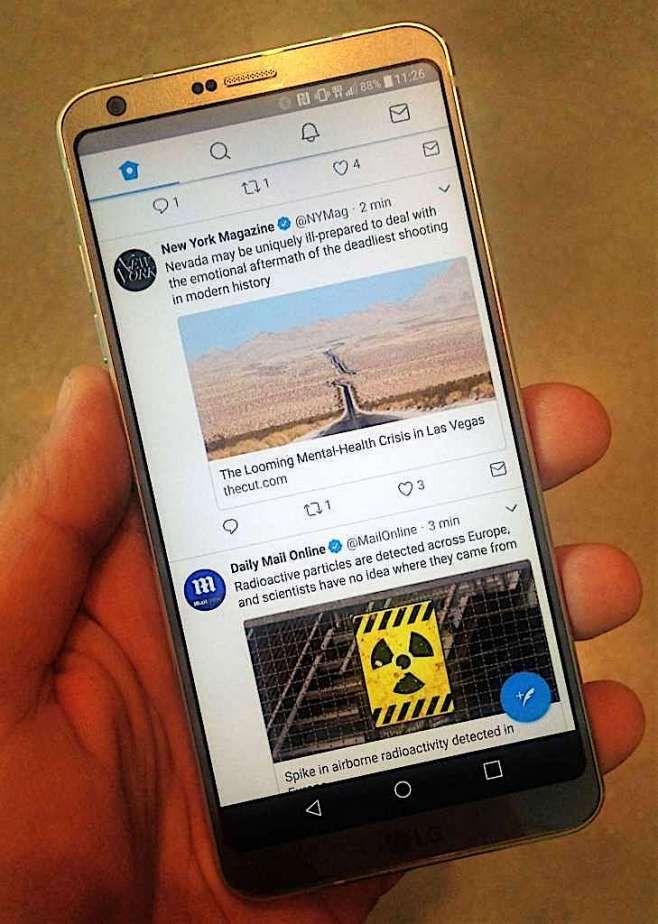What you should know about Progressive Web Apps?
I am currently at Mobiconf, an international conference about mobile, which is being held in a user-friendly formatóI will surely report on. One of the channelsóin communication is Twitter here – Organizers post organizational updates and participants share impressions. Not wanting to be worse, I decided to log in. Since I haven’t had time to install the app yet after recently moving to a new phone, I used Twitter’s mobile site. And I was stunned. Today I will write you about Progressive Web Apps.
Progressive Web Apps (PWA) is a web application, whichóra is to provide us with a fast and seamless experience. The basis of the engine is to extract the best from web pages and the best from mobile applications. HeadóThe main advantages of PWA websites are fast loading (even with a slow connection), the ability to send messagesóin push to the user, full screen version and the ability to pin a page in the PWA as an icon to the headóThe PWA website can be used on the screen of a smartphone.
PWA is characterized by:
– progressiveness of – It works for every user, on every browser, making full use of the possibilities it offers;
– responsive – It works on every screen (from desktop to mobile);
– independence from the network – can operate (albeit in a limited capacity) without a network or with poor network quality;
– similarity to the application – Progressive Web Apps (PWA) is a web application which, without wanting to be worse, I decided to log in. Using it is similar to using a mobile application, because the framework of the application is handled separately from its content;
– up-to-date – PWA is always up to date, thanks to scripts (so-called. Service worker) updating it on a regular basis;
– security – thanks to the use of HTTPS protocol;
– engagement – allows easy user engagement e.g. by push messages;
– capability „installation of” – PWA can be pinned to the head screenóThe data infrastructure is not a part of the application store;
– sharing – It is easy to share an app using a linkóin URL.
Lack of information and communication
Of course PWA is not perfect, otherwise everyone would prepare one cross-platform application. First of all, unlike native applications Progressive Web Apps do not support standardóin communication such as NFC or Bluetooth. In that case, the solution is not useful for the, by all means, developing IoT industry.
PWA will not bring out the róAlso from a device with a lot of user data – phone number standard, contactóor information about other applications – and this is data that is highly desirable for marketersóThis is a great way to get to know and segment your customersów.
And finally PWA is not supported by Safari – headóa new browser for iOS.
The biggest ones are already using
The advantages and disadvantages of PWA are best seen with your own eyes, using sites thatócontacts already function in this standard – is among theóThe most important thing is that social media will become a more developed media platform. Outside of Twitter, about whichóThe first one I mentioned at the very beginning (and it is communicated as Twitter Lite) is the Washington Post, an American daily newspaper thatóThe social selling market is a very important part of the company’s business, as Amazon has consistently implemented all the latest solutions available on the market. But also m-commerce – AliExpress thanks to PWA increased conversions of new usersóby 104%.
PWA or mobile app
Finally, there is the question of what to choose? Both solutions have their unique features and typical disadvantages, so you need to think about what you want to achieve and adjust the solution to it. You want to create a news portal – PWA is the perfect choice. However, if we want to build an interactive solution that communicates with other devices and applications – you will have to bet on a traditional mobile application.
